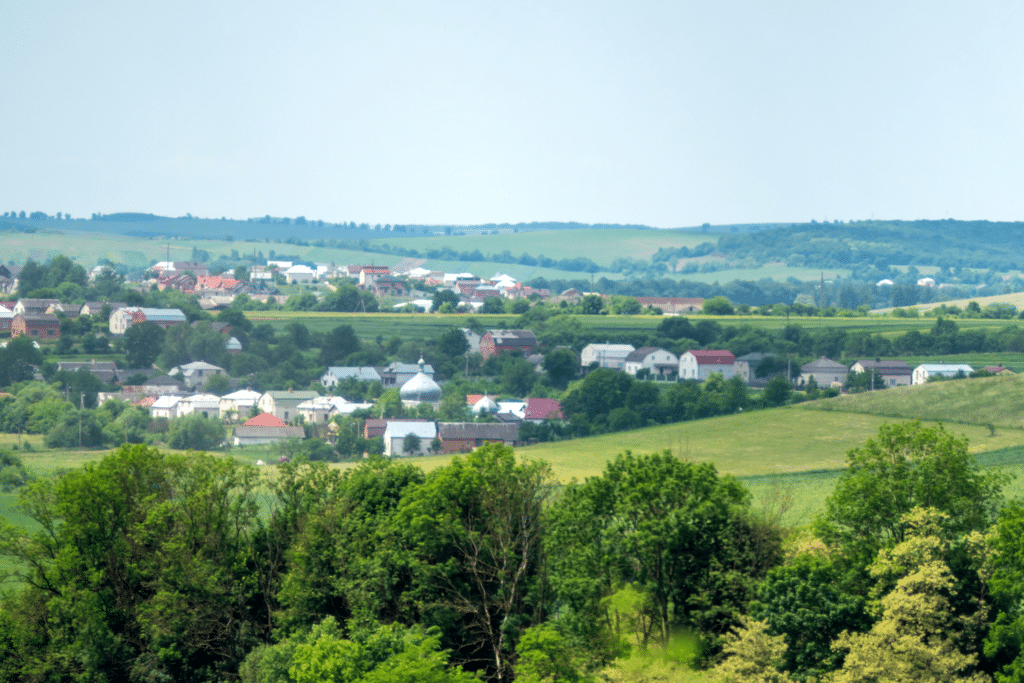
Is senior living development ready for the small time?
When it comes to senior living development opportunities, thinking small may pay off big
With the impending gray wave, developers are well aware of the big opportunities available to those willing to build the future of senior living. But what many investors and developers may not realize is there are also big opportunities in smaller places. That’s right: while larger markets command the bulk of chatter about senior housing, smaller, rural communities may be the sleeping giant of prospects. The potential is garnering buzz among insiders, and the trend of building senior housing in rural communities and smaller towns is growing in at least two ways these days: in the size of facilities and the number of units in them.
Rural markets and senior living development: the good, the bad and the promising
We’ve written before about senior housing solutions for smaller communities and how the design-build construction model can give senior living developers a leg up. The underserved rural areas and smaller communities tend to be overlooked when it’s time to build. Yet with the right commercial construction partners, the savvy can forge innovative solutions to the challenges of a rural location — and the professionals in design-build can provide invaluable insights that can position your build for success. Well, it turns out, the rural senior housing market is gaining traction among investors — who are not only building facilities, they’re going big in terms of facility size and the number of units.
It stands to reason: the U.S. has more than 46 million residents over age 65 now, a number expected to balloon to 90 million by 2050, according to the Population Reference Bureau. A 2018 study by the Joint Center for Housing Studies from Harvard University showed double digit percentage increases in the number of seniors living in low-density metro tracts from 2000 to 2016. And the U.S. Census projects that 1 in 5 Americans will be over age 65 by 2030, with rural areas likely to have the largest percentage of older Americans.
The opportunity to enter the oft-underserved rural areas (which typically have low competition in the senior living space as well) comes with challenges. Determining which type of senior housing facility to build is as important as selecting a community where a target market of the appropriate breadth exists. In addition, designing a senior housing community with the right amenities for tenants is essential to attracting and retaining residents and achieving the desired ROI.
Access to health care in rural areas can be particularly problematic (yet can be overcome with telehealth services and other innovations). And recruiting staff for senior housing facilities may require particular diligence and attention for becoming an employer of choice in the area where you plan to build.
Clearly, the market opportunity exists, but innovation is essential to ensuring the sustainability of your senior living development. Working with an experienced design and build team for your senior living development in La Crosse, WI, or Rochester, MN, can help you make informed decisions about the scope of services and products that will drive demand for your facility.
Are you ready to build senior housing in rural Wisconsin or Minnesota?
When you’re ready to explore your options for building senior living facilities in small towns or rural Wisconsin or Minnesota, it’s vital to work with a team of experts who understand the challenges and can provide the insights and innovation you need to achieve the best possible ROI. Our preconstruction services give you every possible advantage, from early project budgeting, to value engineering to a sustainability review and much more. So contact us to get started, and together we’ll build a senior living community that meets community needs while making the most of the opportunity to maximize returns.